Getting a glimpse of some African nature
After finishing my fellowship I was fortunate to have some additional time in Africa so that I could travel to some historical places I'd been curious about and to get a closer look at Africa's impressive nature. After taking the train to Beaufort West and seeing the Karoo and then a bus to Kimberley to learn about South Africa's mining history, I headed to Upington to rendezvous with my guide who would take me on a safari through the Kgalagadi Transfrontier Park, within the semi-arid desert of the Kalahari. The Kgalagadi Transfrontier Park is partly in South Africa and largely in Botswana, and also borders Namibia. It was created in 1999, merging two separate parks in the two countries to allow for freer migration patterns for the animals within.
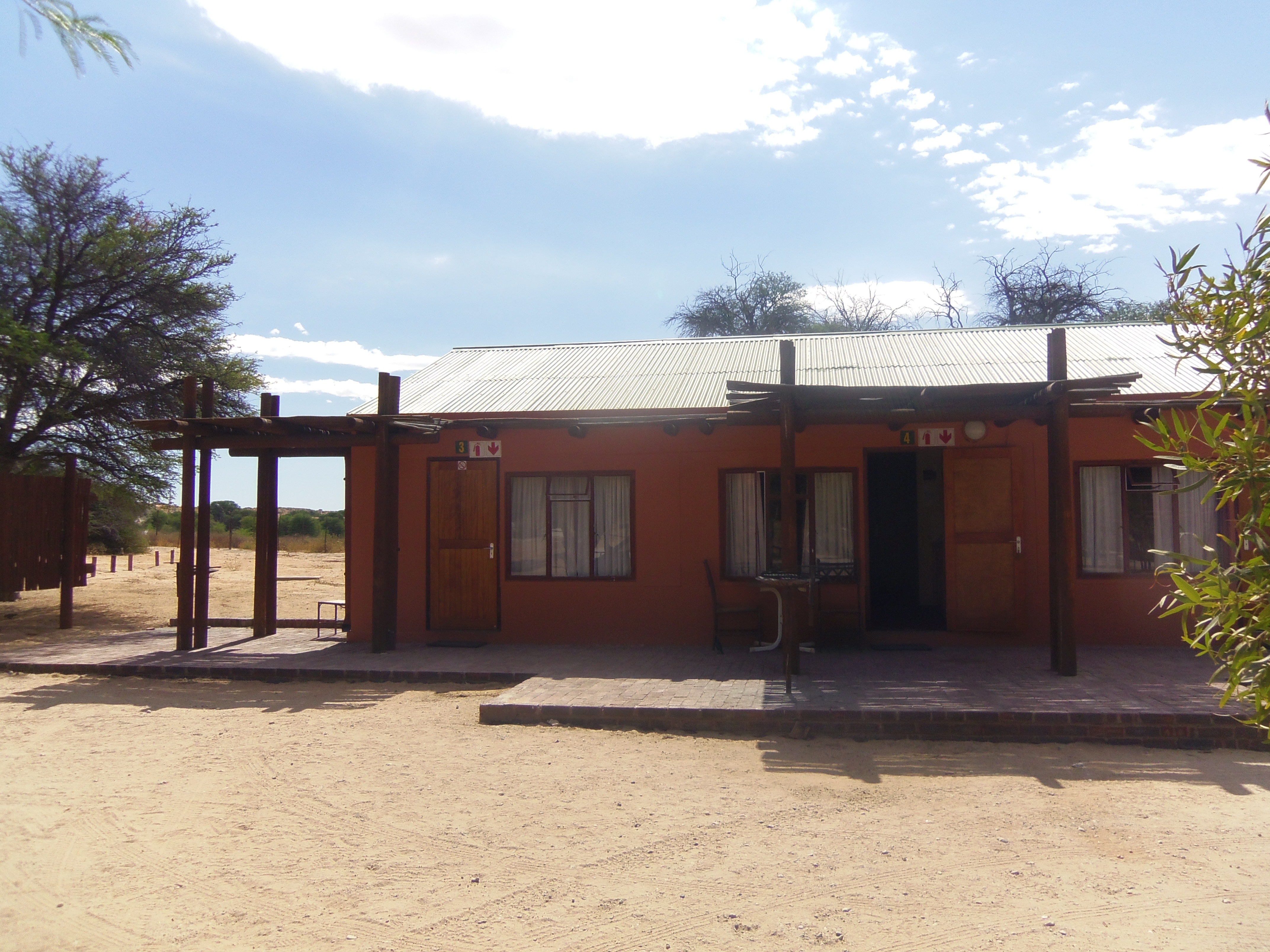
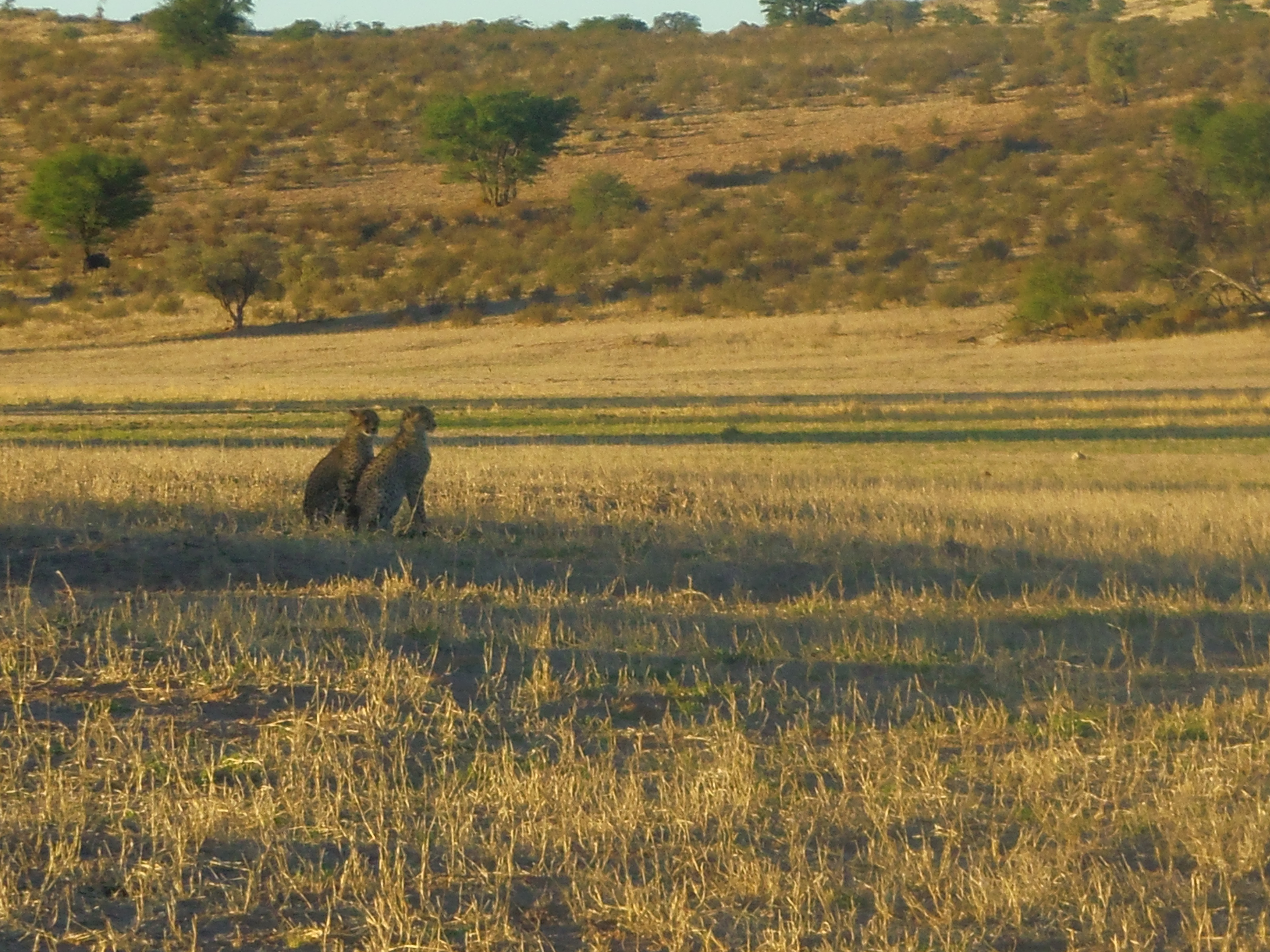
For three days my guide and I drove through the park looking for wildlife. Sometimes an hour would pass and we wouldn't see a thing, and sometimes we'd see dozens of animals within a matter of minutes. Springbok and blue wildebeest were the most plentiful, but I also saw quite a few ostriches, steenbok, red hartbeest, and huge birds I'd never even heard of, such as kiri bustards. Above is a picture of our cabin on the second night at Camp Mata Mata. The park camp facilities were all quite nice, and surrounded by electric fencing to keep you safe from predators at night. Though this didn't stop jackals from sneaking in one night and eyeing our steak bbq! On the third day, I was lucky enough to see some even more impressive predators. We saw several cheetahs and two lions, and one of the lions even attacked a gemsbok, who managed to get away, leaving the lion hungry and looking for another meal. While the Kgalagadi Transfrontier Park tries to keep the landscape as natural as possible, the one concession they have made is the creation of a series of manmade waterholes. Because the land is so dry, animals used to travel large distances to get to water sources during the dry season, but these paths are now cut off by the farms and fences surrounding the park. To make up for this, we'd see windmills or solar panels dotting the trails, which power underground water pumps. This also helps draw the animals out to be closer to the paths for visitors to see.
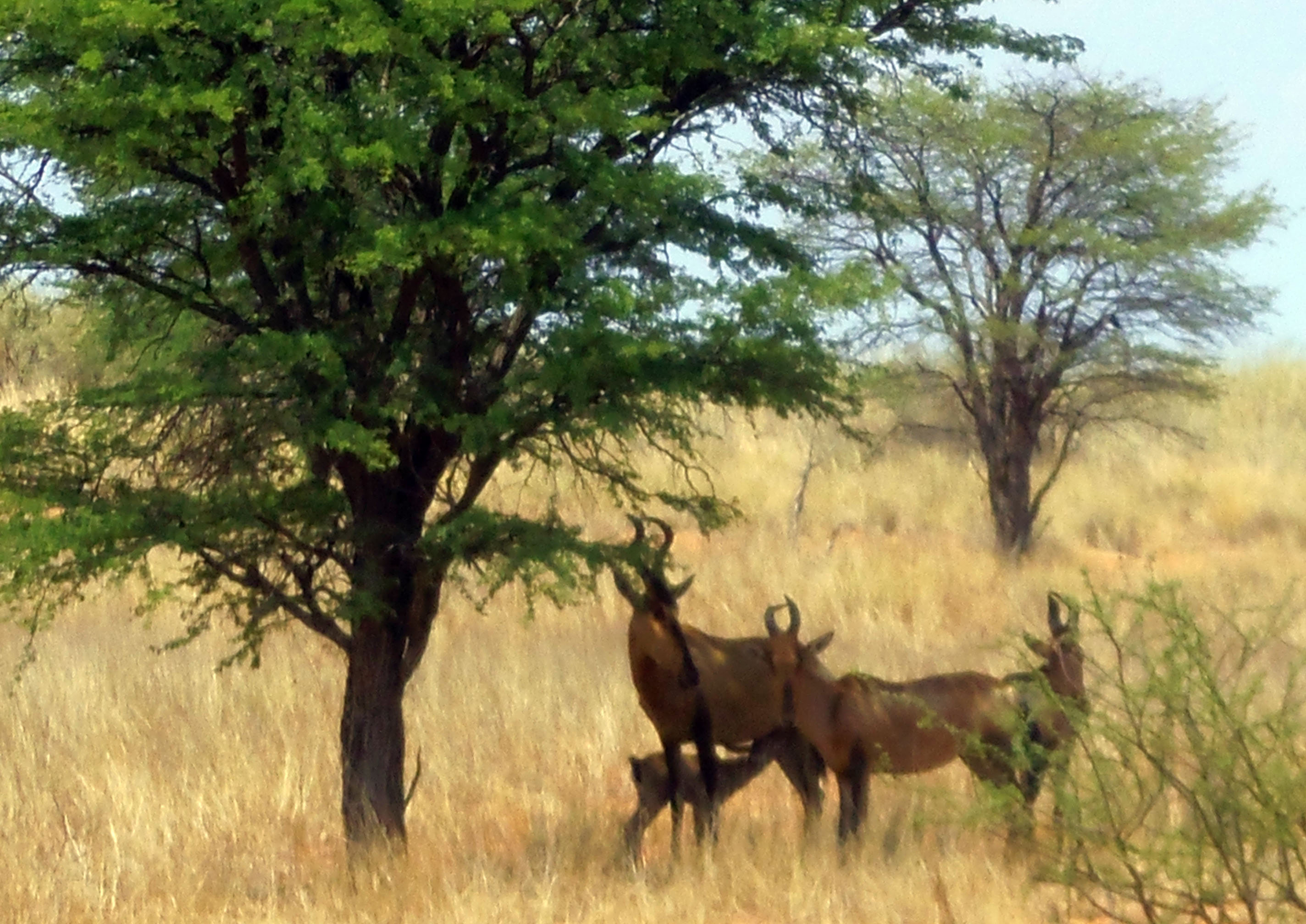
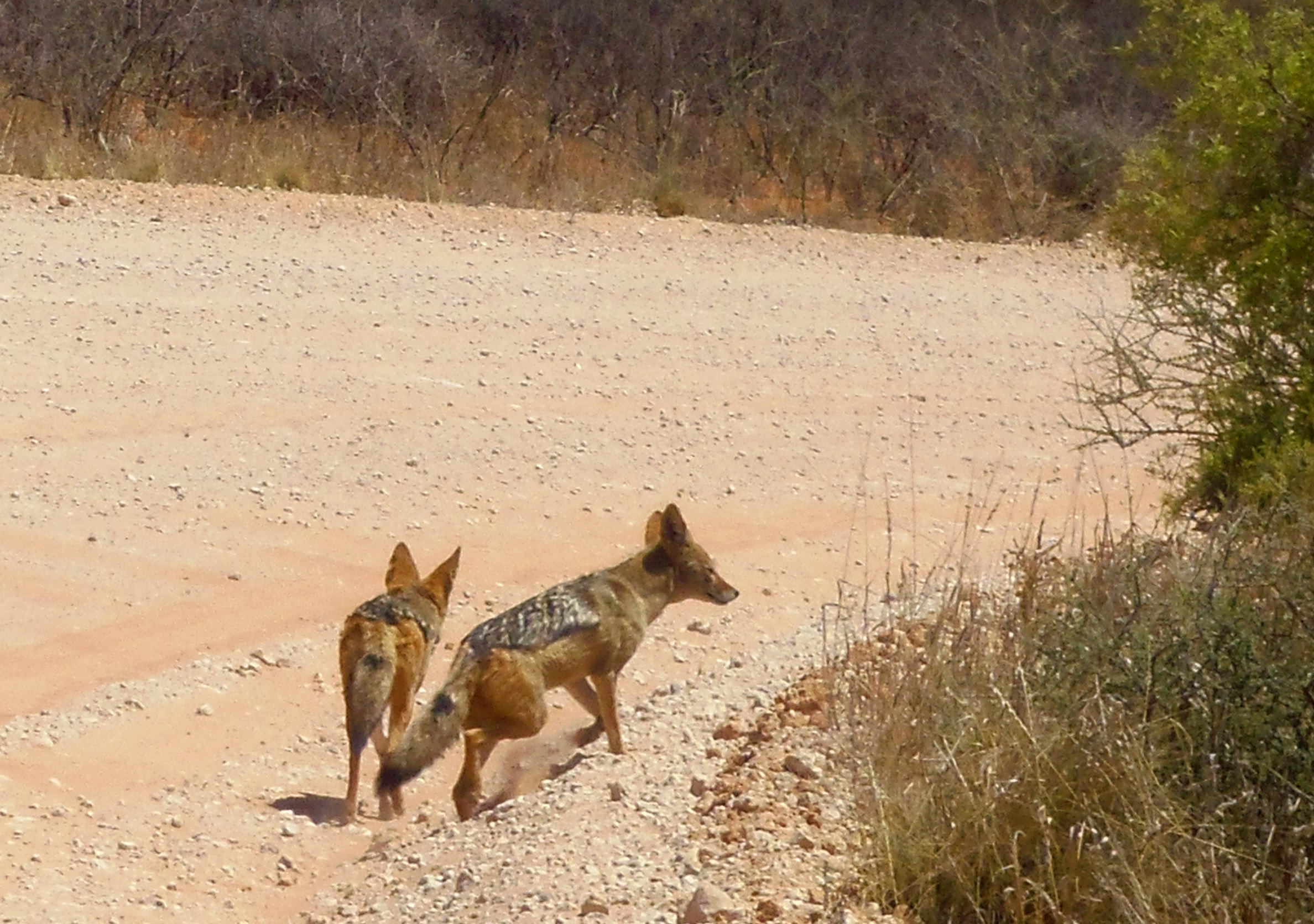
My guide was a young Afrikaans man who grew up on a ranch near Upington, South Africa. When it's just you and one other person in a safari truck, three days driving around the bush gives you a lot of time to discuss everything under the sun, which is just what we did. It was interesting getting to know an Afrikaaner and to hear his opinions, though some of them were quite frustrating for me to hear. He was of the opinion that things were better under apartheid, and firmly believed that it was a sin for black and white people to marry. It's unfortunate that these beliefs are still so prevalent in some parts of South Africa, but hopefully as the post-apartheid generation gets older attitudes about race will change and improve.
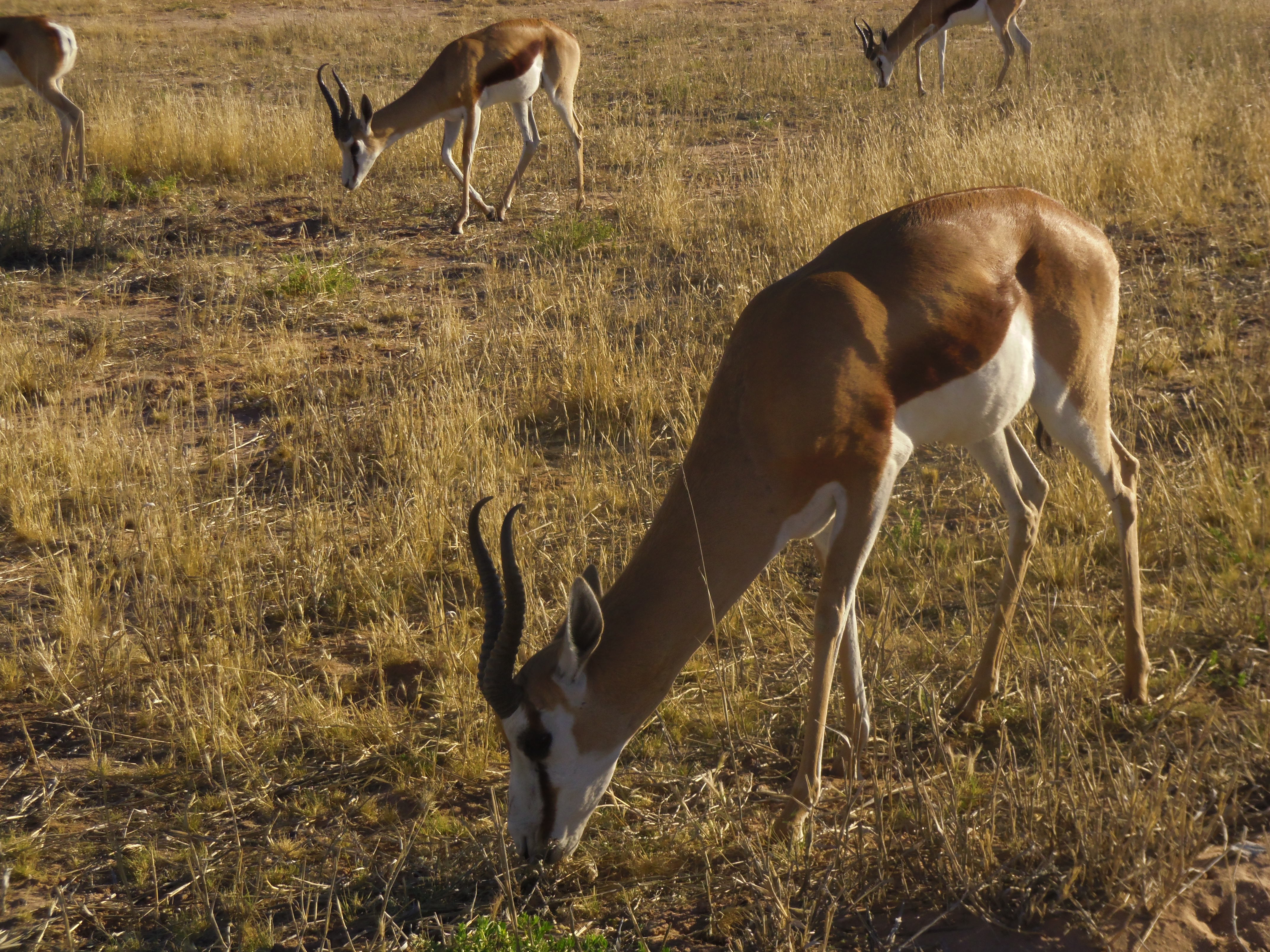
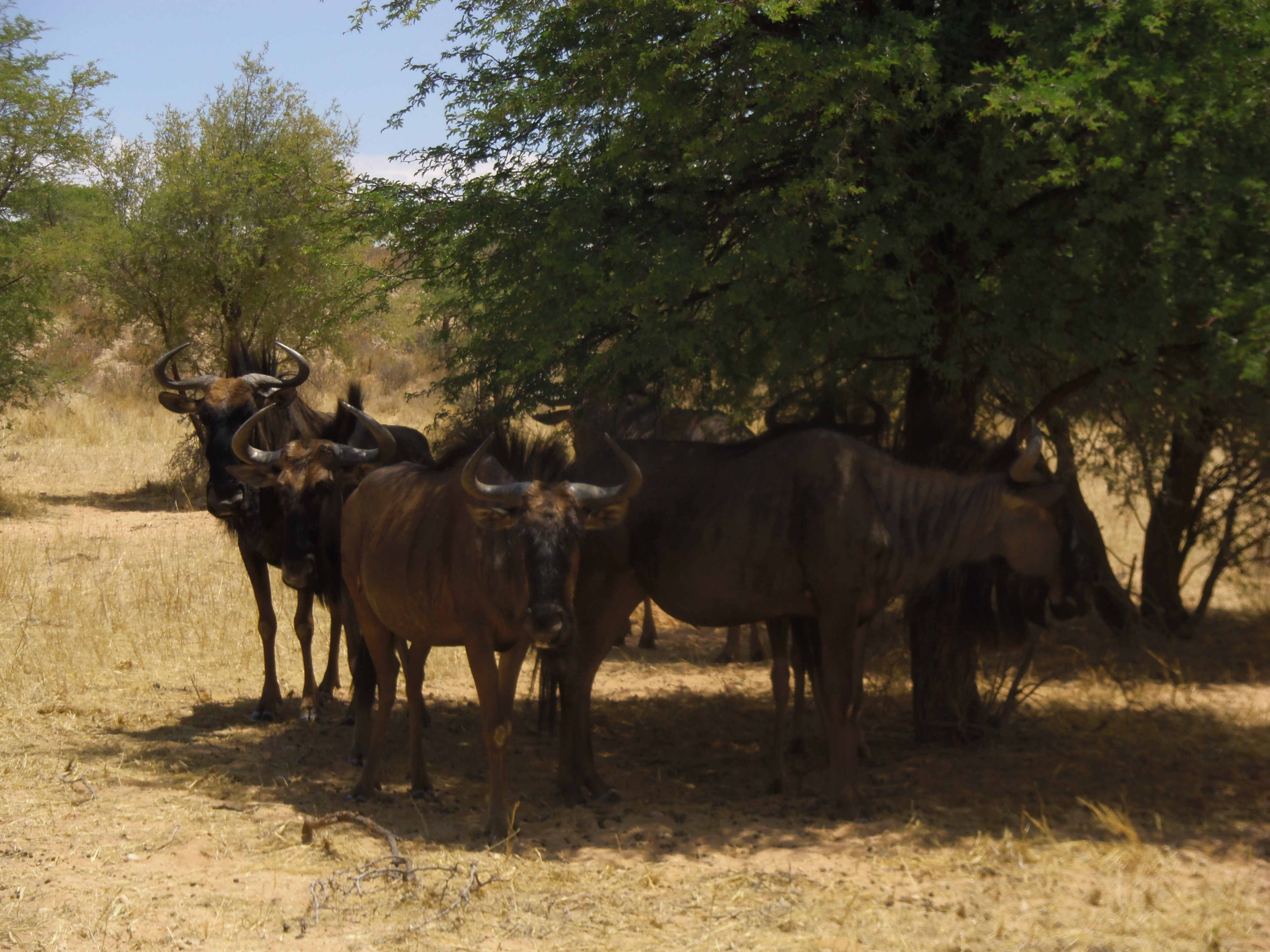
After the safari ended, I then travelled by bus up to Swakopmund, Namibia, where I took a day excursion through the Dorob National Park, within the Namib Desert. The guide was excellent, and really gave us a great sense of how life can survive in such a hostile environment. While it almost never rains, there is mist in the morning that condenses on the hard, waxy leaves of small desert shrubs. Insects feed off the shrubbs, and then lizards, spiders, and chameleons feed off the insects. The largest animals to tread through these dunes (humans aside) are the occasional jackal or hawk, which swoop in looking for snakes or lizards to nab. Our guide also expressed his great concern over the damage being done to the desert ecosystem by ATVs or "quad bikes" as they call them in Namibia. Riding quad bikes around the dunes is hugely popular in Namibia, but it's devastating to the landscape, and in some areas, where the sand layer is quite shallow, the impressions of the bike tracks rip right through to the rocky crust, and these tracks will be there for decades to come. The tracks destroy the aesthetic beauty as well as kill the many little creatures living under the sand. The Dorob National Park was only just created in 2010, largely as a response to concerns over the destruction of the desert by these "adventure" travellers.


